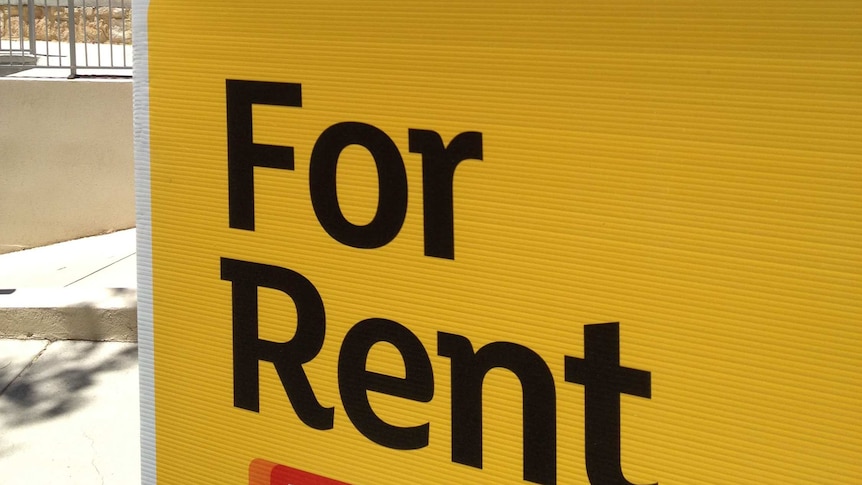There are growing concerns a drop in investors buying into Tasmanian real estate could further shrink the availability of rental properties in the state.
Key points:
- Overall, Tasmanian house sales have continued to trend down for the second consecutive quarter
- Despite the falls, property sales for the June quarter were still slightly above the 10-year average of 1,739 properties
- Mary Bennett from Anglicare says the drop in investment is concerning if it means properties are leaving the long-term rental market and not being replaced
The number of investors purchasing a Tasmanian property in the June quarter fell by 20 per cent compared to the previous quarter.
Out of 1,781 properties sold, just 16 per cent were purchased by investors, with even fewer Hobart properties (12 per cent) purchased as investments.
“That’s a worry,” the president of the Real Institute of Tasmania, Michael Walsh, said.
He fears properties being sold could be removed from an already tight rental market that has a current statewide vacancy rate of about 1 per cent.
“That’s probably a big discussion to be had on the implications for the rental market,” he said.
Mr Walsh said 30 per cent of buyers needed to be investors to properly support the private rental market.
“We just don’t have the private investment right now that tries to keep pace with that demand. Where people live is anyone’s guess,” he said.
Supply of affordable rentals ‘falling for over a decade’
Mary Bennett from Anglicare’s Social Action and Research Center said the drop in investment was concerning if it meant properties were leaving the long-term rental market and not being replaced by new supply.
“There has been a drop in the share of properties that changed hands being bought by investors,” she said.
“While this is an indicator of the level of investment in the long-term rental housing market, it may just reflect a drop in the number of investment properties changing hands.”
Ms Bennett also said it depended on how many investment properties entered the long-term or short-term rental market, and how much was being invested in building new housing supply.
“The supply of affordable rental housing has been falling for over a decade,” she said.
“If the supply of long-term rental properties in the private market falls, rents will continue to rise and we expect to see more Tasmanians turning to us for help as they also contend with other cost of living pressures.
“This is why it is so important that the government does not leave supply of affordable housing to the private rental market.”
Earlier this year the state government unveiled a $1.5 billion, 10-year housing plan to build 10,000 affordable homes.
On average, 1,000 new public housing homes would have to be built each year to keep the plan on track.
Market ‘slowing but not collapsing’
Overall, Tasmanian house sales have continued to trend down for the second consecutive quarter.
House sales fell 4.7 per cent on the previous quarter, and 9.5 per cent on the same period last year.
“We saw a white-hot market last year,” Mr Walsh said.
“So it’s only normal after that to have house prices stabilize and readjust to what we’re seeing now.”
Despite the falls, property sales for the June quarter were still slightly above the 10-year average of 1,739 properties.
Mr Walsh said there were no fears of a housing market collapse.
“Prices are definitely not collapsing. That’s a strong message out of the figures we have for the last quarter,” he said.
“We’re in a transitional period. Is the market going to slow from last year? Absolutely. Last year was one out of the books.”
Loading form…
.
